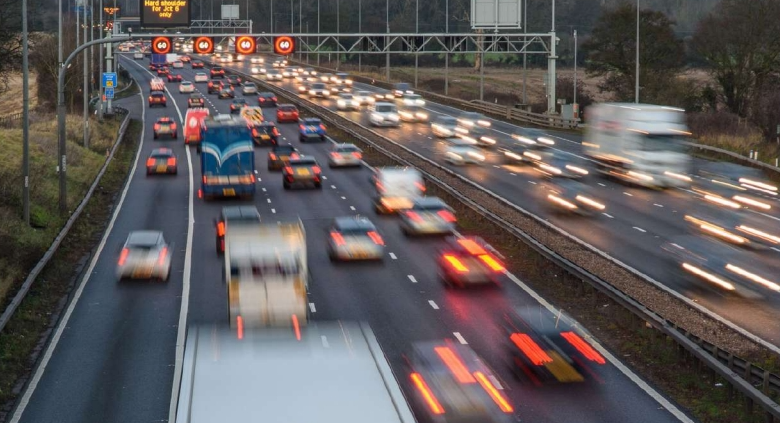Investing £2.5 billion into high-return road safety schemes could prevent more than 17,000 deaths and serious injuries over the next 20 years, saving nearly £9bn in societal losses in the process, according to a new report.
The annual crash risk mapping report, this year titled ‘Driving Change: Investing in Safer Roads’, has been published by the Road Safety Foundation.
The report analyses the performance of road networks in England, Scotland and Wales, identifying investment opportunities based upon the Benefit-Cost Ratio (BCR) that should be achievable on each road.
The BCR is based on typical levels of casualty savings on treated routes, relative to the crashes that have happened over the last six years.
These savings are monetised and compared with typical costs per kilometre that have to be spent to reduce casualties by this much, giving an estimated BCR for each route.
This methodology has identified 9,453kms of high-return roads, across 584 routes, on which a £2.5bn investment could prevent 17,101 deaths and serious injuries over the next 20 years and deliver a benefit to society of £8.7bn.
Dr Suzy Charman, executive director of the Road Safety Foundation, says: “The opportunities to reduce death and serious injury are clear, and the impact of such investment would mean not just casualty savings but also tangible relief for an overburdened NHS and social care system.”
Mapping crash risk since 2002
The report also contains a map showing the statistical risk of a fatal or serious injury crash occurring on Britain’s motorway and ‘A’ road network from 2020 to 2022.
Crash Risk Maps for Britain’s major roads have been published by the Road Safety Foundation since 2002.
The risk is calculated by comparing the frequency of road crashes resulting in fatal or serious injury on every stretch of road, and the volume of traffic each road is carrying.
For mapping purposes, routes are classified into five bands: black (high risk), red (medium-high risk), orange (medium risk), yellow (low-medium risk), and green (low risk).
This year, 2% of England’s roads are classified as high-risk – a figure rising to 3% in Scotland and 5% in Wales.
The headline findings also show that the crash density (i.e. the number of fatal and adjusted serious crashes per 100km road length) on the Major Road Network in England is more than three times that of the average road in Scotland and Wales, and more than double that of strategic roads across Britain.
Dr Charman adds: “The high crash density and risk on the Major Road Network makes it a priority for road safety investment, and yet we still do not measure and track road safety performance on it.
“Moreover, there is no dedicated funding stream to address safety here. We estimate that on the MRN a £1.2bn investment would prevent 7,875 deaths and serious injuries over 20 years, with a net present value of £4bn.”
Putting the data to good use
The annual crash risk mapping dataset has been used by several strategic and local authorities to understand the safety performance of their roads. This has been used by some to prioritise which routes to take forward for road safety investment.
In the case of the English Strategic Road Network, National Highways has prioritised routes with a high crash density and a low star rating. With the DfT’s Safer Roads Fund, routes were selected based on the potential return on investment.
So far, the £185m investment in the Safer Roads Fund has led to schemes that are expected to prevent 2,600 fatal and serious injuries over a 20-year period, with a societal benefit of £1.2 bn.
Dr Charman concludes: “There is little doubt that the numbers stack up for investment in infrastructure safety measures.
“For example, the initial estimated results from the Safer Roads Fund – and the early impact of completed schemes which is already visible in the crash data – demonstrate that investment in road safety infrastructure can reap positive returns on investment.
“The investment portfolio opportunities that we identify in this report have high indicative benefit-cost ratios, which is why we are calling for ambitious investment in strategic, major and local roads.
“We are also calling for systematic measurement and management of road risk, particularly on the Major Road Network (MRN) where crash density is so high.”






















Login to comment
Comments
No comments have been made yet.